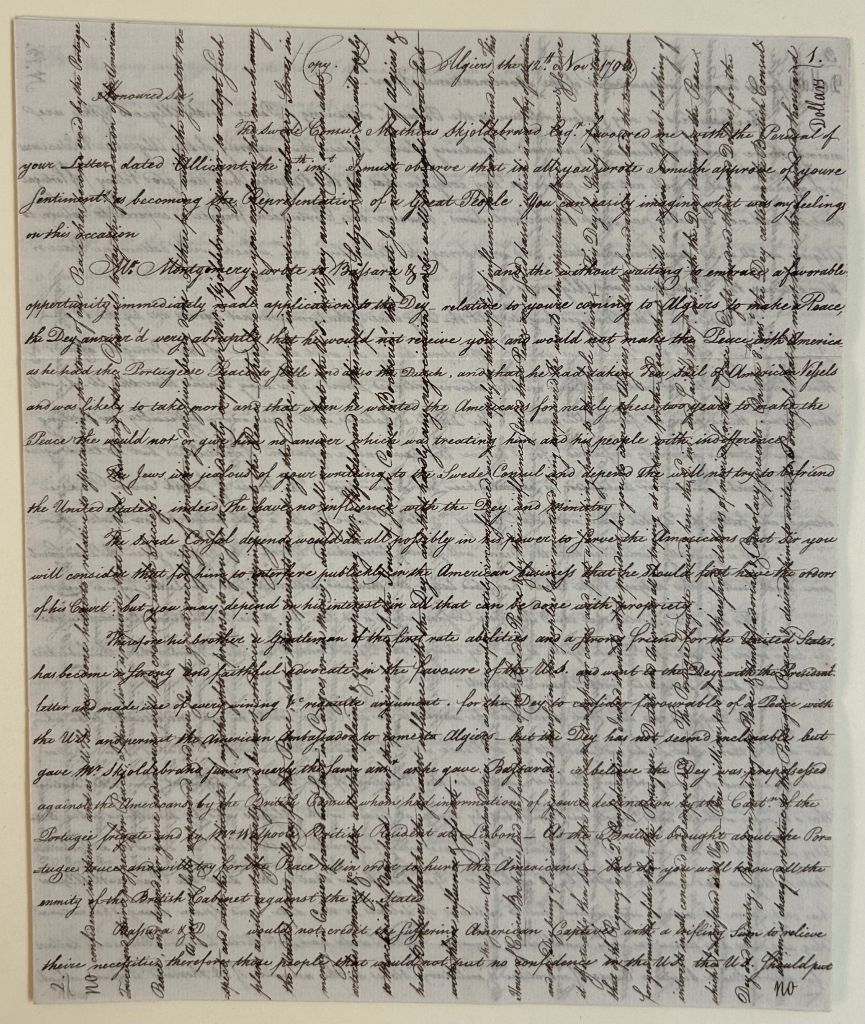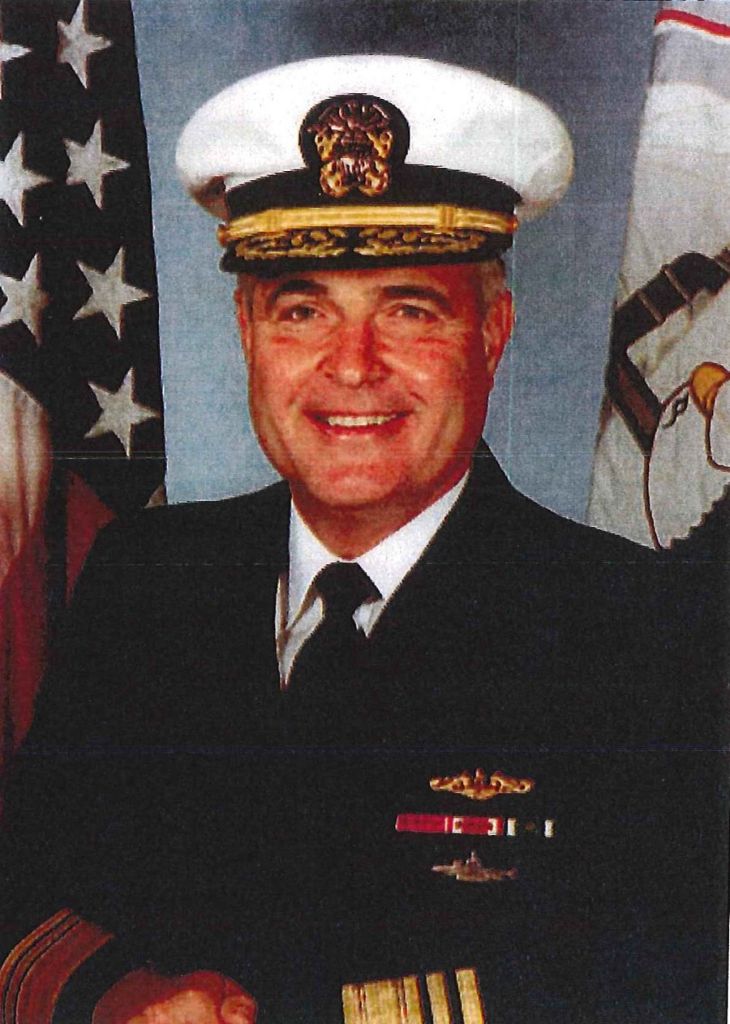Creating a new United States Navy to defeat the Barbary corsairs and defend American interests in the Mediterranean was no easy task. Newly appointed Navy officials overcame myriad obstacles in the construction of the ships, only to face even harder challenges in crewing and deploying ships to the distant ports where they were needed, then navigating the complex diplomatic and military obstacles of the Mediterranean. From these early deployments through the War of 1812, the new Navy was constantly developing and growing to meet global threats in an ever-changing environment.
The stories of USS Constitution and the other Navy ships in these early years come to life for us most clearly through firsthand accounts – the correspondence and papers of the people who were there. Every letter from a captain, crew member or shipyard; every diplomatic missive from a U.S. President or foreign consul has the potential to add dramatically to our understanding of history. Equally as often, their words uncover the human side of naval service.
For retired Vice Admiral George W. Emery, collecting these documents and sharing their stories has been a passion for more than 50 years. Now, the USS Constitution Museum is honored to announce that VADM Emery has donated more than 200 documents in his collection to the USS Constitution Museum, dramatically expanding the Museum’s ability to tell these stories for decades to come.
A Panorama of the Early Navy
Ranging from the birth of the new Navy in 1794 through its maturity at the end of the War of 1812, the Vice Admiral George Emery Collection includes an unparalleled breadth of both official and personal accounts.
The earliest materials in the collection (1793-1799) include American sailors’ accounts of their imprisonment in North Africa, the Secretary of the Navy’s first reports to Congress, and the construction of the first American frigates along with the cost, personnel, and provisions required to create a Navy.

The collection also encompasses the lead-up to the War with 1812 with various materials about the Chesapeake–Leopard affair, the Little Belt affair, broadsides from both the American and British perspectives, and the considerations taken to eventually declare war with Britain.
Material from the War of 1812 details the victories of USS Constitution as well as the naval war in the Great Lakes, and a later memoir about the harsh treatment of U.S. prisoners by the British.
Taken together, the Vice Admiral George Emery Collection at the USS Constitution Museum provides insights into difficult decisions facing the nation and the Navy at the beginning of the 19th century, and the experiences of the Navy sailors who met the challenges.
Submariner and Historian of Sail
VADM Emery’s lifelong collection and extensive research of early U.S. Navy history is juxtaposed by his many roles at the cutting edge of new naval technology and research. A graduate of the U.S. Naval Academy, he served on five nuclear submarines, including commanding USS Ohio, and circumnavigating the globe while in command of USS Groton. Among his shore assignments, he taught at the Naval Nuclear Power School and served in the Department of Energy’s Division of Naval Reactors. In 1993, President Bill Clinton appointed VADM Emery as 24th Commander of the Submarine Force U.S. Atlantic Fleet, and Commander Submarine Allied Command Atlantic.

A selection of the documents from the collection will be on display for a drop-in event from 3:00-4:00pm on Monday, October 13, as part of the USS Constitution Museum’s Navy 250 Weekend.
The Author(s)
Carl Herzog
Public Historian, USS Constitution Museum
Carl Herzog is the Public Historian at the USS Constitution Museum.
Kelli Aquino
Curatorial Assistant, USS Constitution Museum
Kelli Aquino is Curatorial Assistant at the USS Constitution Museum.